Telling Effective Data Stories with Data, Narrative, and Visuals
Effective data storytelling enables data practitioners to cross the last mile of analytics, enabling them to drive action with their insights. In a recent webinar, Brent Dykes discussed how data, narrative, and visuals can drive effective data stories. Le
Updated Dec 2021 · 5 min read
Topics
RelatedSee MoreSee More
11 Data Visualization Techniques for Every Use-Case with Examples
Discover the most popular analyses, techniques and tools to master the art of data visualization wizard
Javier Canales Luna
16 min
Top 32 AWS Interview Questions and Answers For 2024
A complete guide to exploring the basic, intermediate, and advanced AWS interview questions, along with questions based on real-world situations. It covers all the areas, ensuring a well-rounded preparation strategy.
Zoumana Keita
15 min
Data Storytelling and Visualization with Lea Pica from Present Beyond Measure
Richie and Lea cover the full picture of data presentation, how to understand your audience, leverage hollywood storytelling and much more.
Richie Cotton
71 min
Avoiding Burnout for Data Professionals with Jen Fisher, Human Sustainability Leader at Deloitte
Jen and Adel cover Jen’s own personal experience with burnout, the role of a Chief Wellbeing Officer, the impact of work on our overall well-being, the patterns that lead to burnout, the future of human sustainability in the workplace and much more.
Adel Nehme
44 min
Becoming Remarkable with Guy Kawasaki, Author and Chief Evangelist at Canva
Richie and Guy explore the concept of being remarkable, growth, grit and grace, the importance of experiential learning, imposter syndrome, finding your passion, how to network and find remarkable people, measuring success through benevolent impact and much more.
Richie Cotton
55 min
Types of Data Plots and How to Create Them in Python
Explore various types of data plots—from the most common to advanced and unconventional ones—what they show, when to use them, when to avoid them, and how to create and customize them in Python.
Elena Kosourova
21 min

 Figure 1: Narrative, visuals and data are data stories that drive changes
Figure 1: Narrative, visuals and data are data stories that drive changes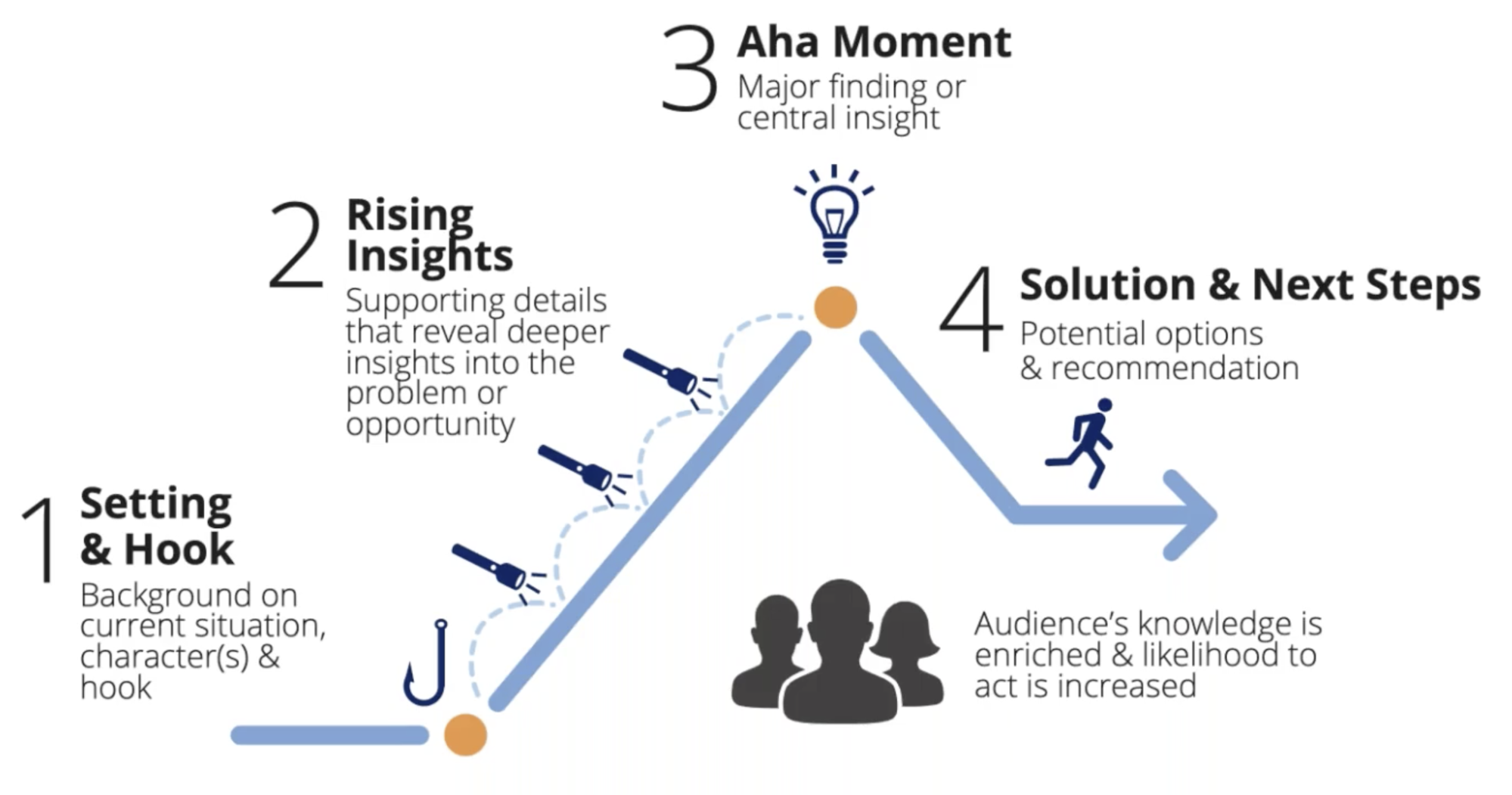 Figure 2. The narrative structure of a data story
Figure 2. The narrative structure of a data story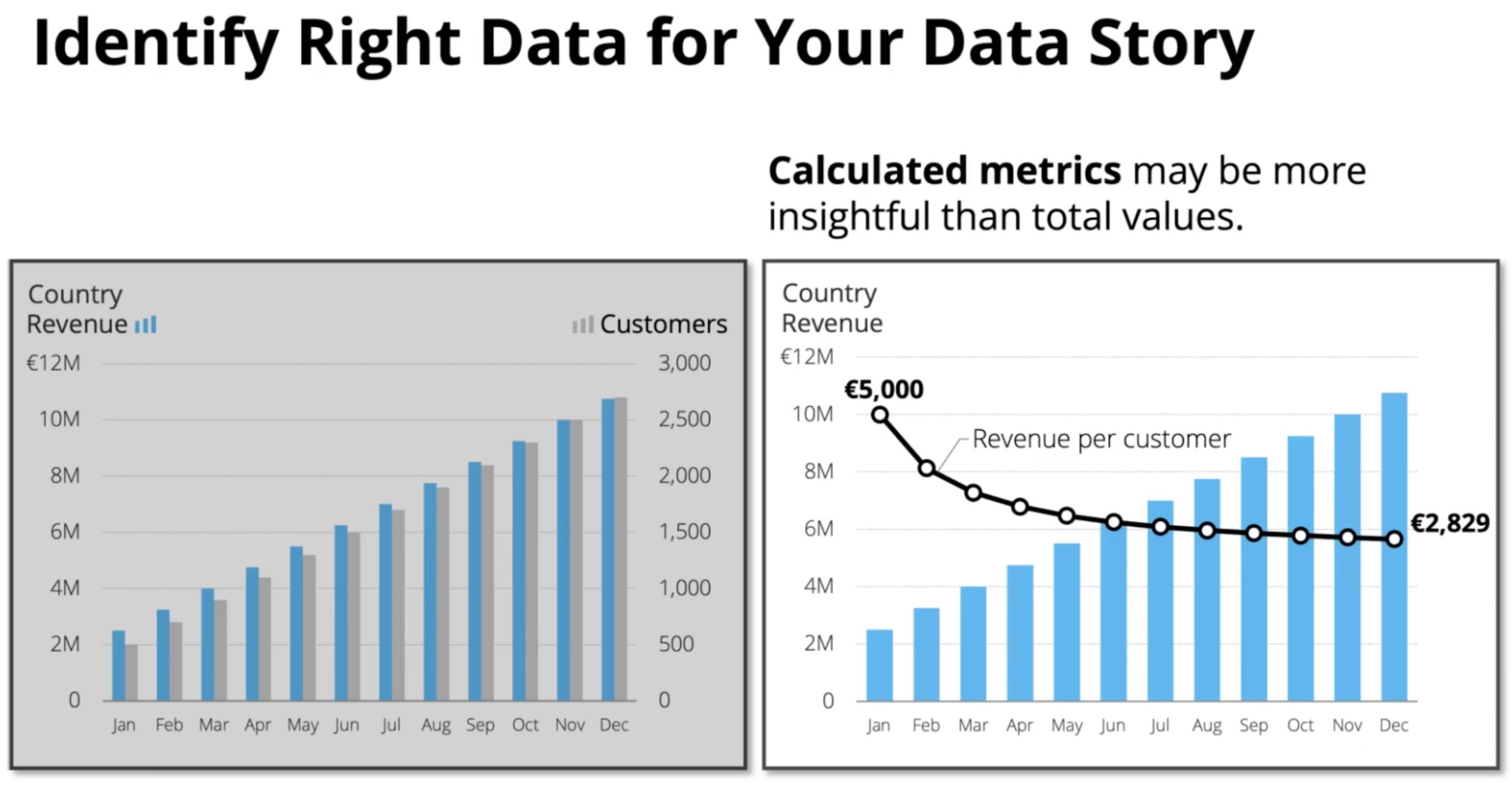 Figure 3. Explicitly demonstrating that the revenue per customer is falling (right) is a better choice than plotting the total revenue and customer side-by-side (left)
Figure 3. Explicitly demonstrating that the revenue per customer is falling (right) is a better choice than plotting the total revenue and customer side-by-side (left) Figure 4. The market shares of the largest markets become apparent when the smallest markets are aggregated.
Figure 4. The market shares of the largest markets become apparent when the smallest markets are aggregated.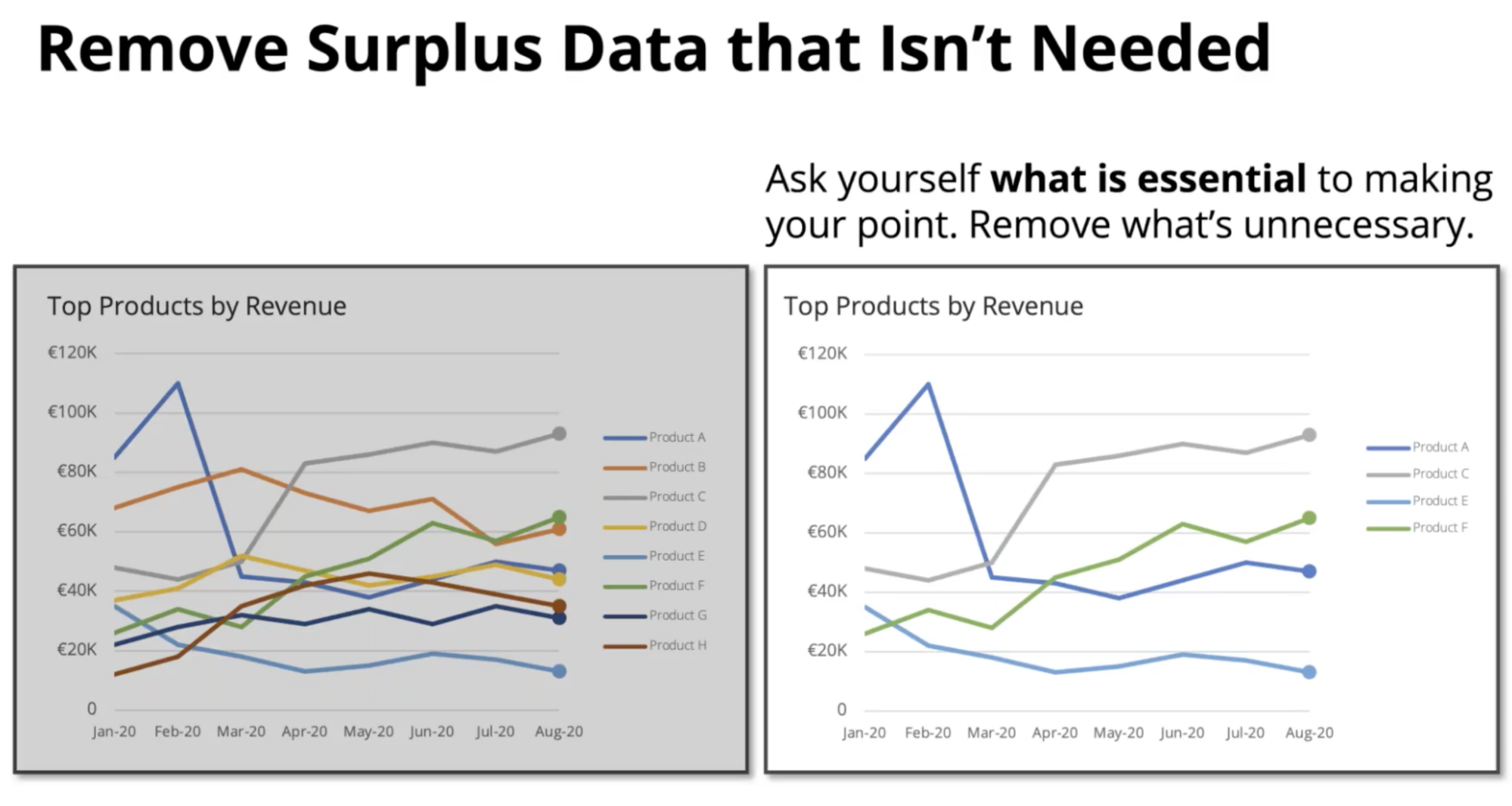 Figure 5. Often, less is more when it comes to showing multiple charts in one graph.
Figure 5. Often, less is more when it comes to showing multiple charts in one graph.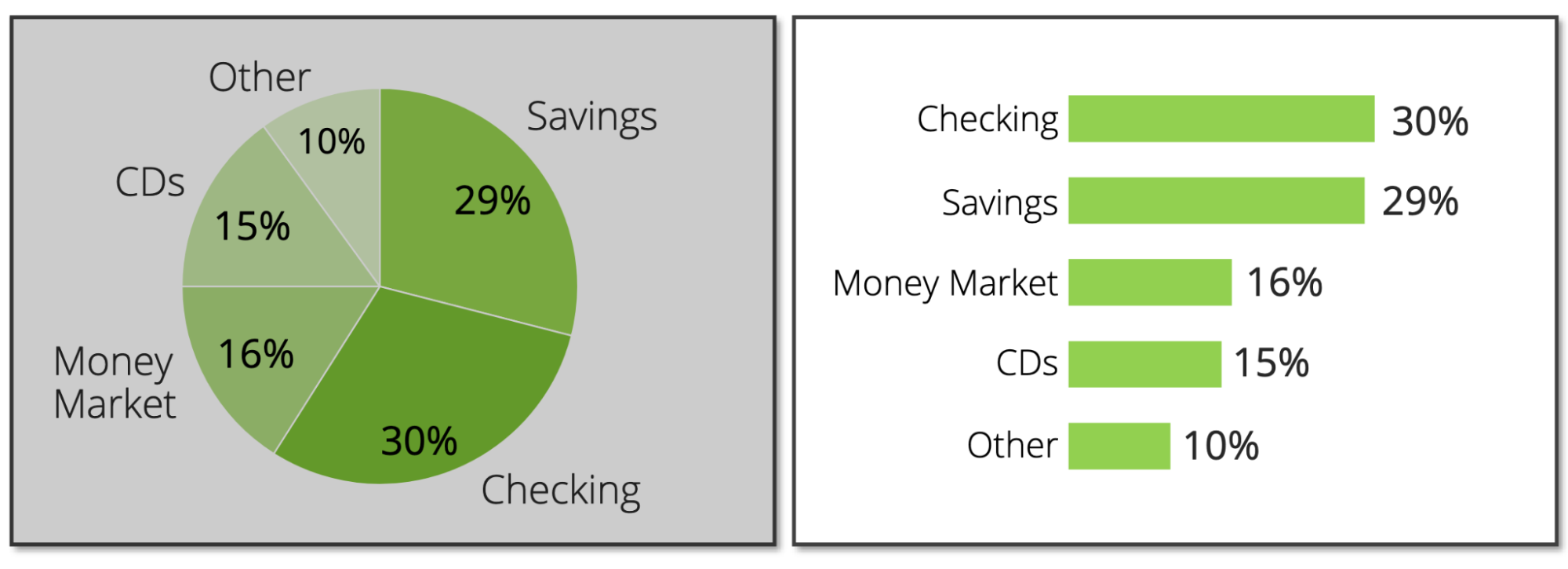 Figure 6A and 6B
Figure 6A and 6B Figure 7A and Figure 7B
Figure 7A and Figure 7B Figure 8A. A comparison of the total revenue from each country
Figure 8A. A comparison of the total revenue from each country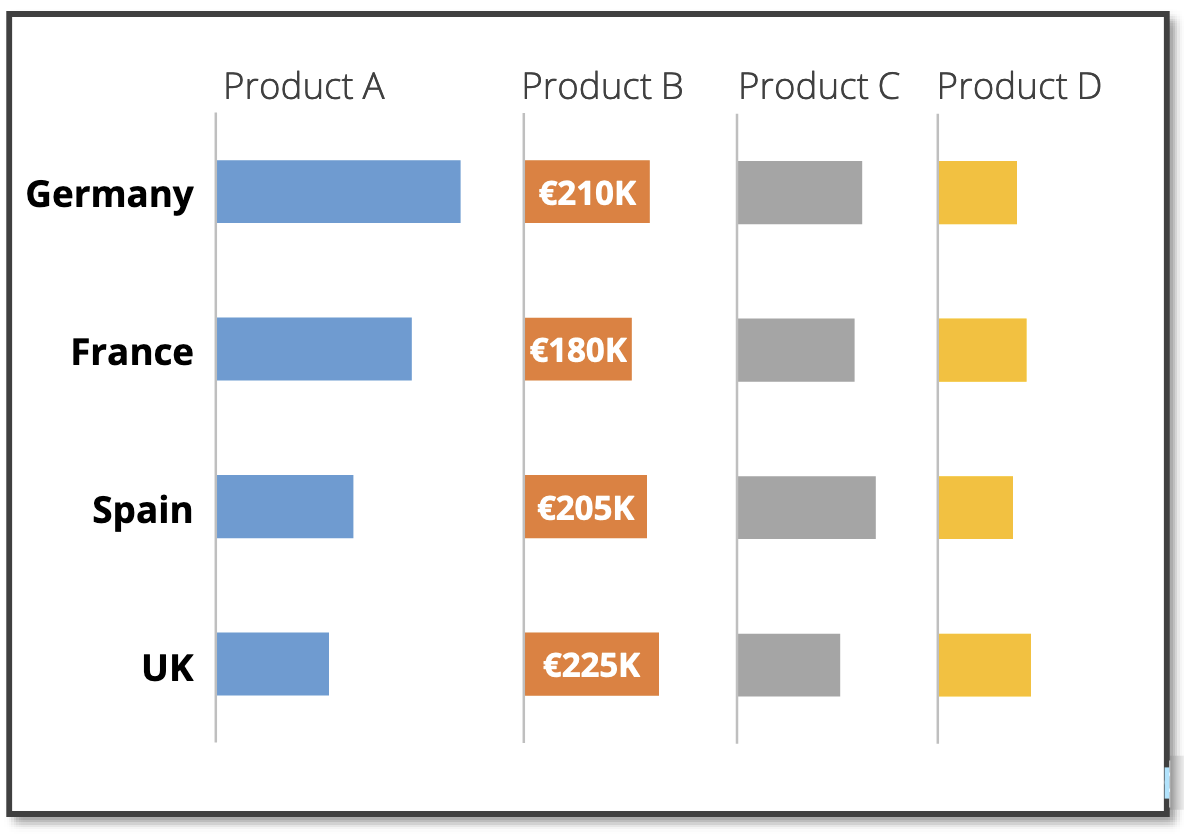 Figure 8B. A comparison of the revenue of individual products across countries, especially for product B
Figure 8B. A comparison of the revenue of individual products across countries, especially for product B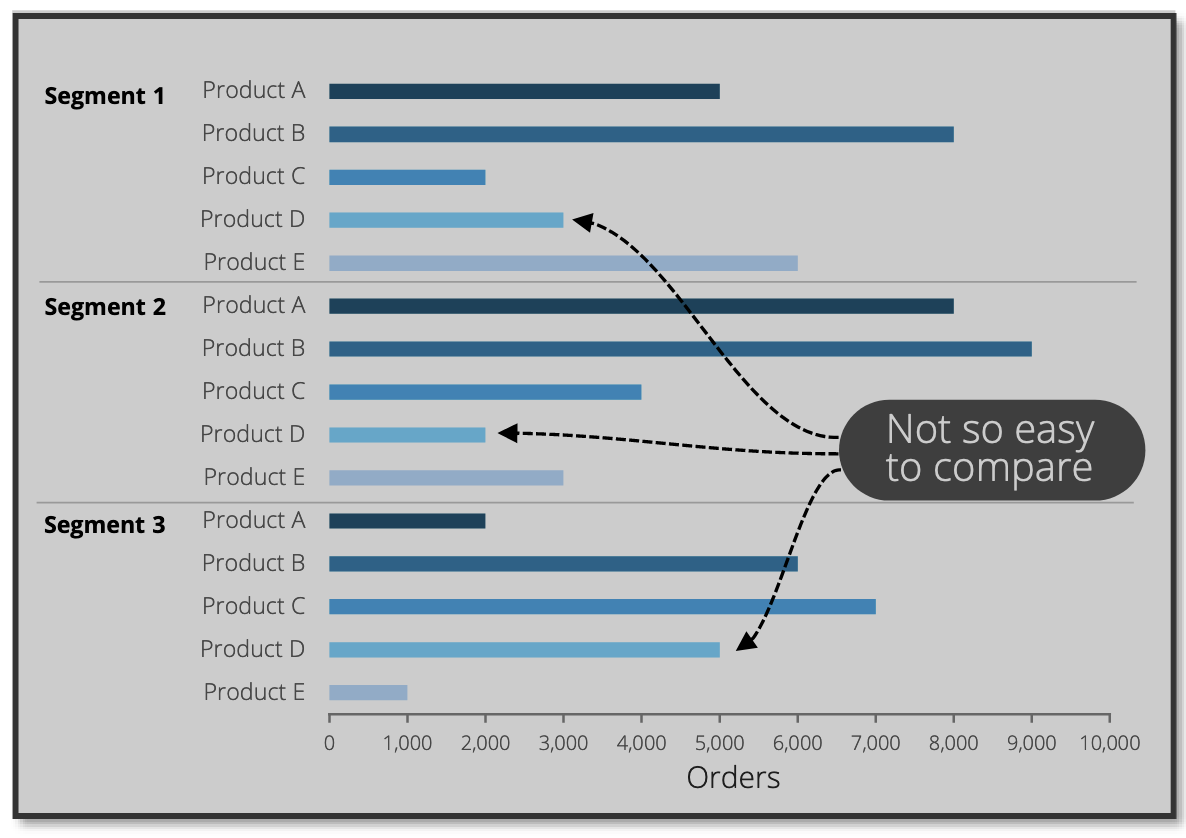 Figure 9A. A comparison across products for each segment
Figure 9A. A comparison across products for each segment Figure 9B. A comparison across segments for each product
Figure 9B. A comparison across segments for each product Figure 10A
Figure 10A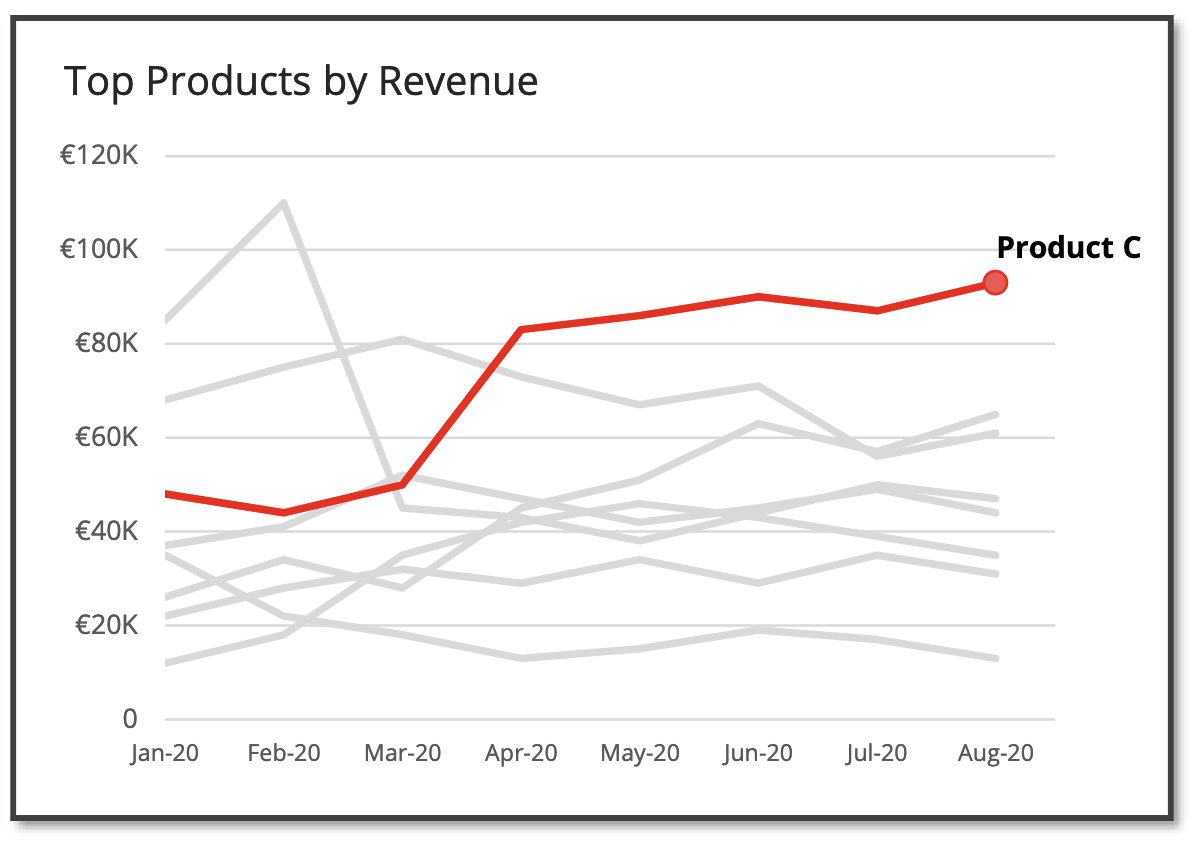 Figure 10B
Figure 10B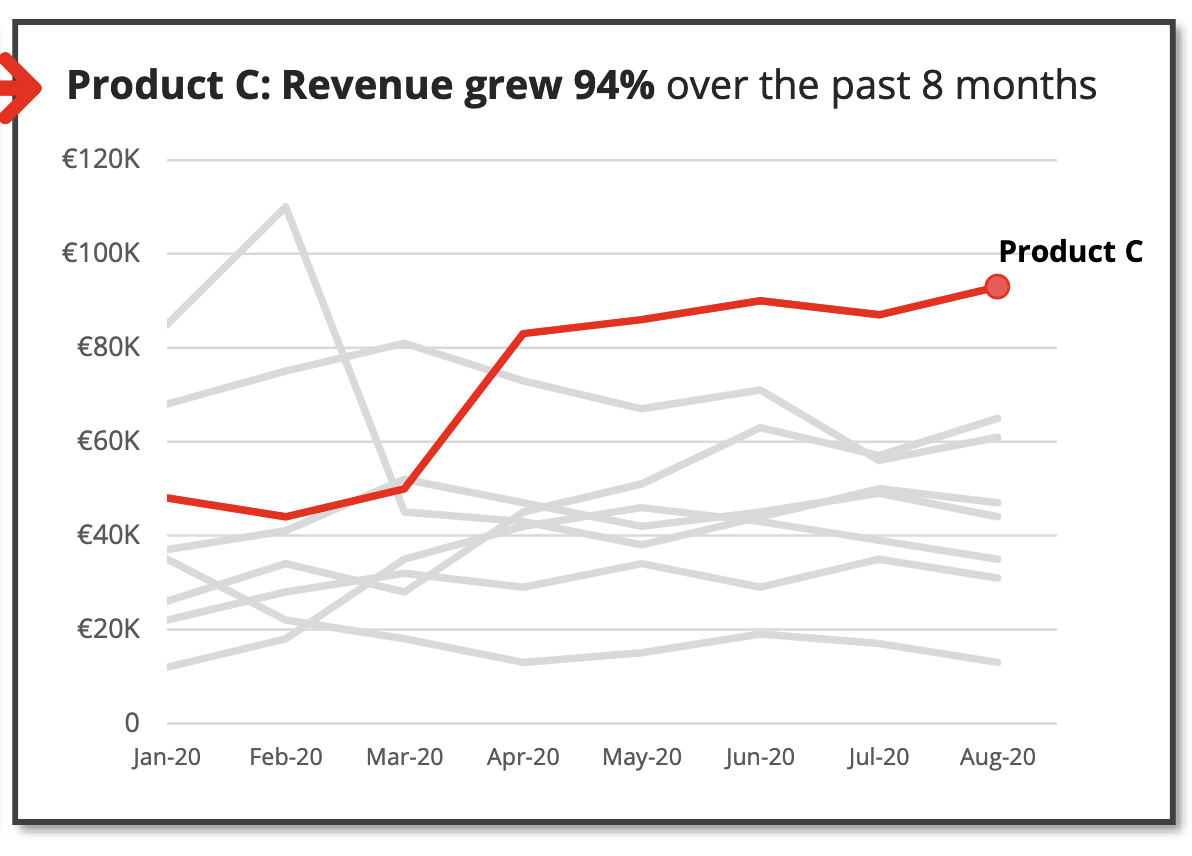 Figure 10C
Figure 10C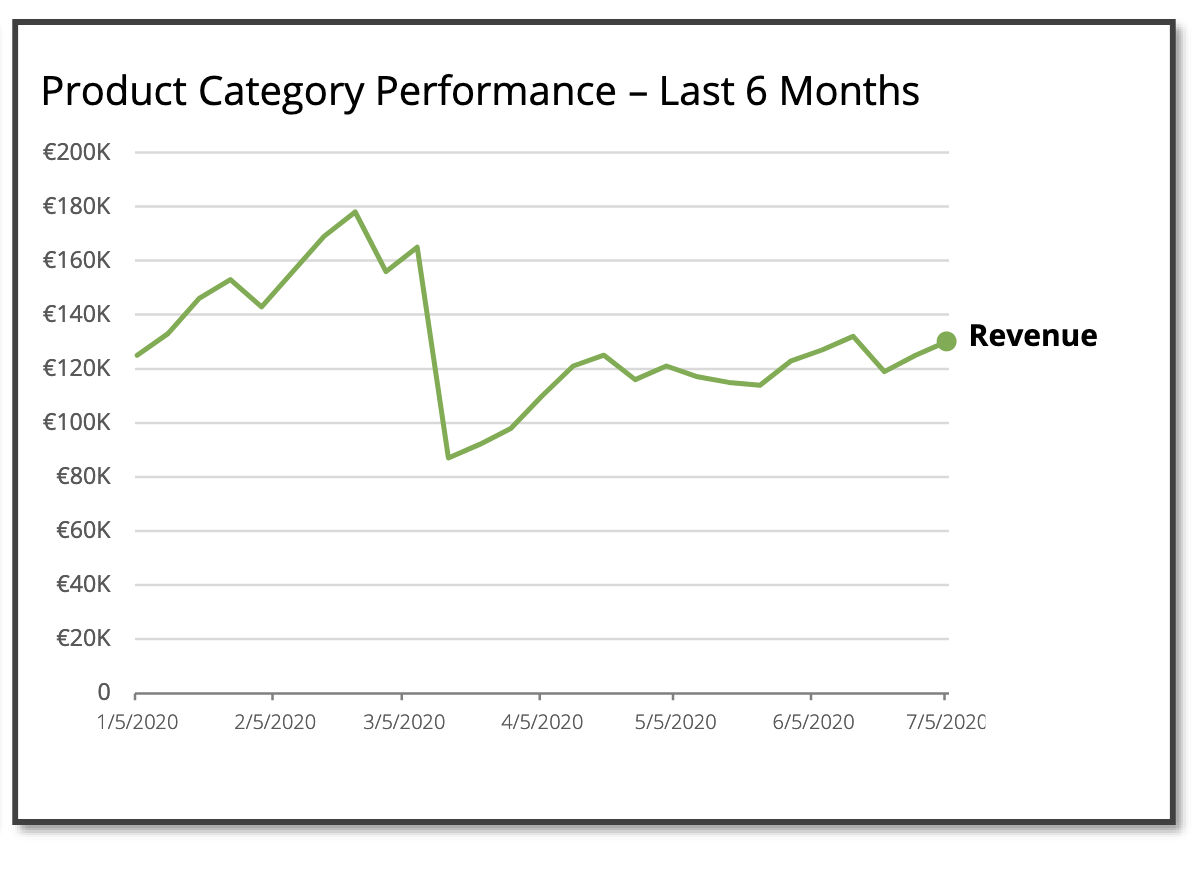
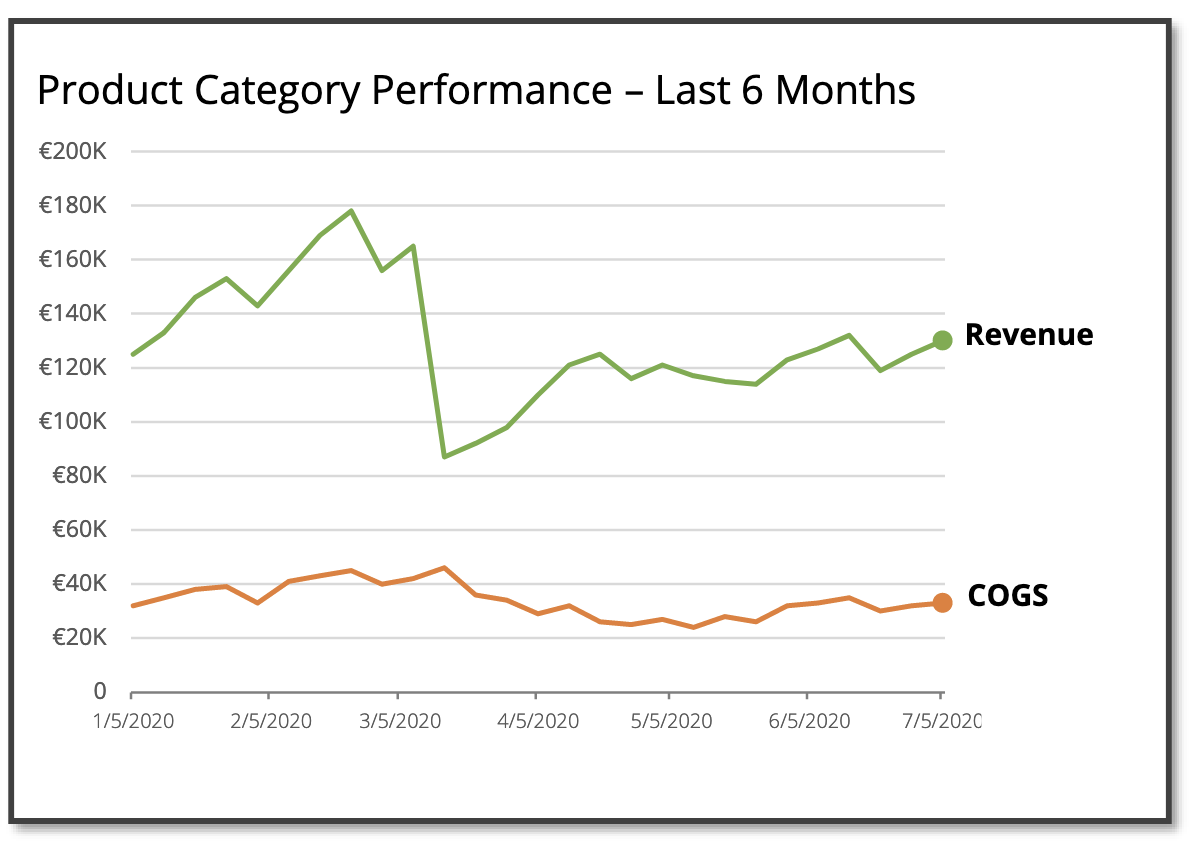
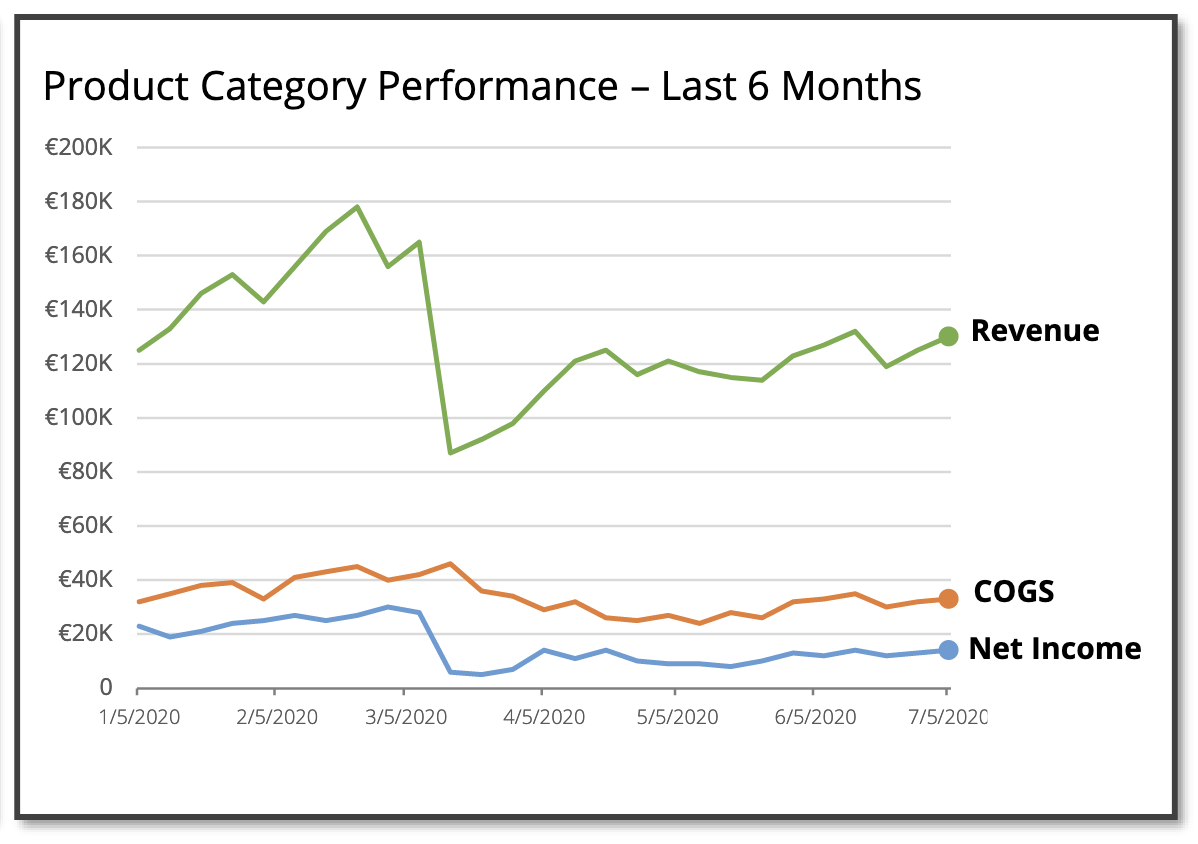
 Fig 11: Revealing insights in stages
Fig 11: Revealing insights in stages